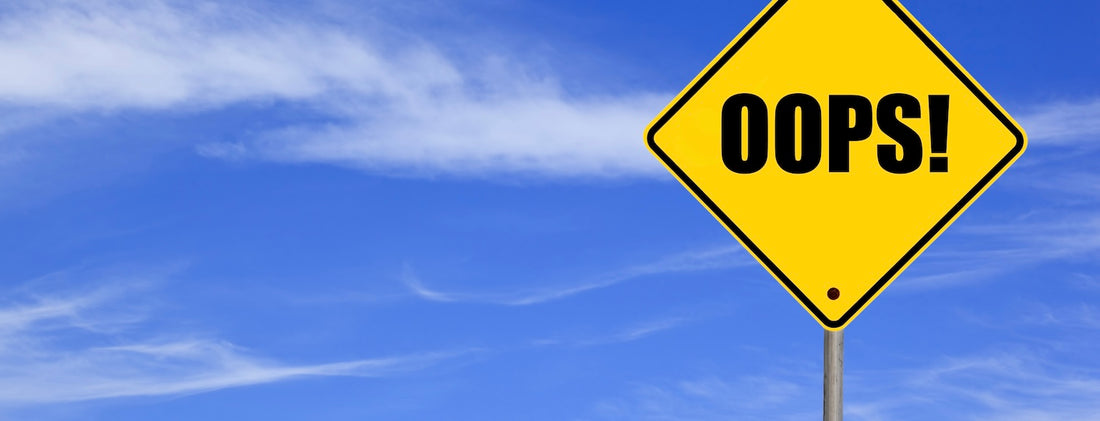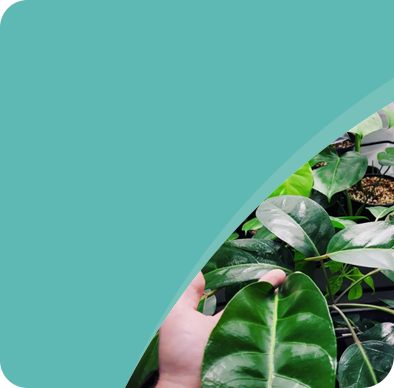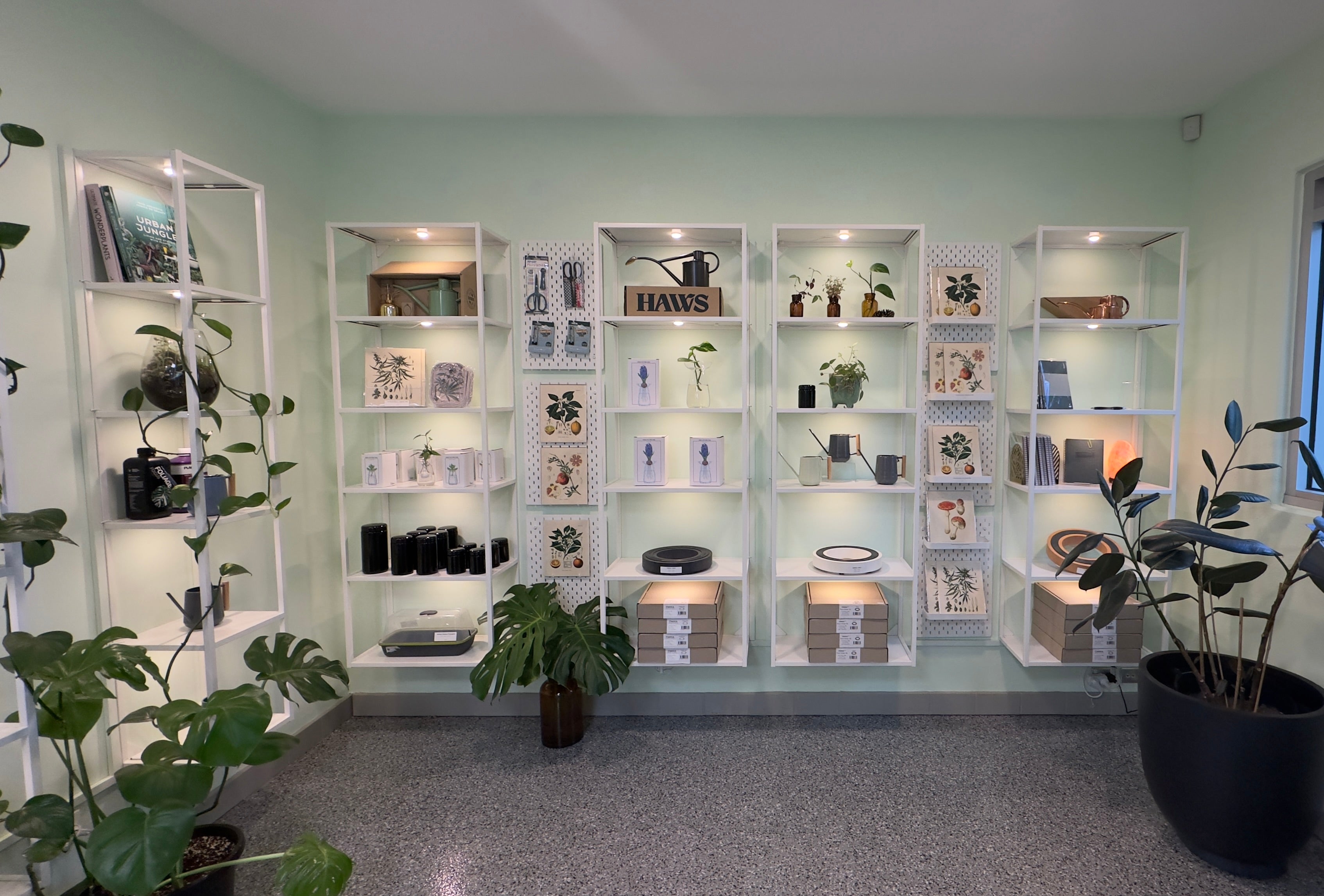You would be surprised how many times we see people make LED grow lighting mistakes, hopefully this blog can save at least one person from making these costly grow room errors!
Light & Temperature
When transitioning from HPS lighting to LED lighting there are a few things to consider. LED lights emit much more light than HPS lights do on the flip side LEDs Emit much less thermal energy (heat) than its predecessor.
The one thing this changes in any grow room setting after making the switch is the leaf surface temperature is different. Plants that are growing under HPS lights transpire much greater than plants under LED lights so when growing with LED lighting the grower must now supplement heating as the light itself is not emitting the radiant heat that their old HPS light system did.
"Growers that compensate for this difference will get outstanding results."

Image credit: Gavita
Too Much Light or Not enough?
Many growers, new and old, have a misconception that more light equals more yield. While this can be true up to a certain point, once that point is reached, more light will actually work the opposite, reducing overall yield and potentially causing so much stress you get more problems than buds.
This misunderstanding came from years of growing with underpowered lighting systems, that when additional light was added, an increase in yield was noticed thus forming this misconception.
- HPS lights gave out around 30% of usable light for plants with approx. 70% thermal energy.
- LED lights output around 80% of usable light for plants with approx. 20% in dissipated heat.
Now that horticultural full spectrum LED lighting systems have exploded onto the market, it has become easy to acquire a LED lighting system that produces significantly more light than a plant can handle.
Quantum meters are used to measure the quantity of light coming out of a light source, similar to how a EC/PPM pen works for measuring nutrient strength, however, Quantum meters can be costly and out of the reach of most growers.
There are some free light meters that are available for most phones and they are kind of close enough to give the grower a rough idea about whats going on, their accuracy is considered to be slightly reliable. Search for PPFD meter in the app store or google play.
The best advice we can give growers using LED lights:
1) Whatever wattage of LED lights you have in your grow room or grow tent, consider dimming the lights to 50% in the vegetive/growth phase of the plant, you'll get much better growth.
2) When the plant is in the flowering phase you can turn your lights up to 75-100%.
- The PPFD required by plants in the growing phase is 400-550
- The PPFD required by plants in the flower phase is 750-950
3) If your grow light is pumping out 1200 PPFD in the flowering phase, thats fine however, you will need to supplement CO2 for the plants to be able to absorb that amount of light. If you choose not to supplement CO2 the plants flower morphology will change causing a fox-tailing type growth, a lack of flower uniformity and an insufficient yield.
4) Heating. If your grow room or grow tent is too cold then metabolic activity will slow. Try to find an efficient and effective hydroponics heating source like these heat bars to run when the lights go off so you can maintain at least 20 degrees in the lights off phase.
5) Get a light meter APP on your phone if Quantum meters are too expensive, the APP needs to read the light in the form of PPFD & DLI.
6) Do your research before buying LED grow lights. The best LED grow lights will be found in hydroponics shops, check with your local hydroponics equipment supplier to see what they have. The market is over saturated with rubbish LED lights so don't be fooled by imitation lights or over hyped marketing.
Let us know what you think in the comments.
Next week we will do another tutorial on how LED lights affect the rate of transpiration and nutrient absorption.
#growwithus #hydroponics #melbourne




